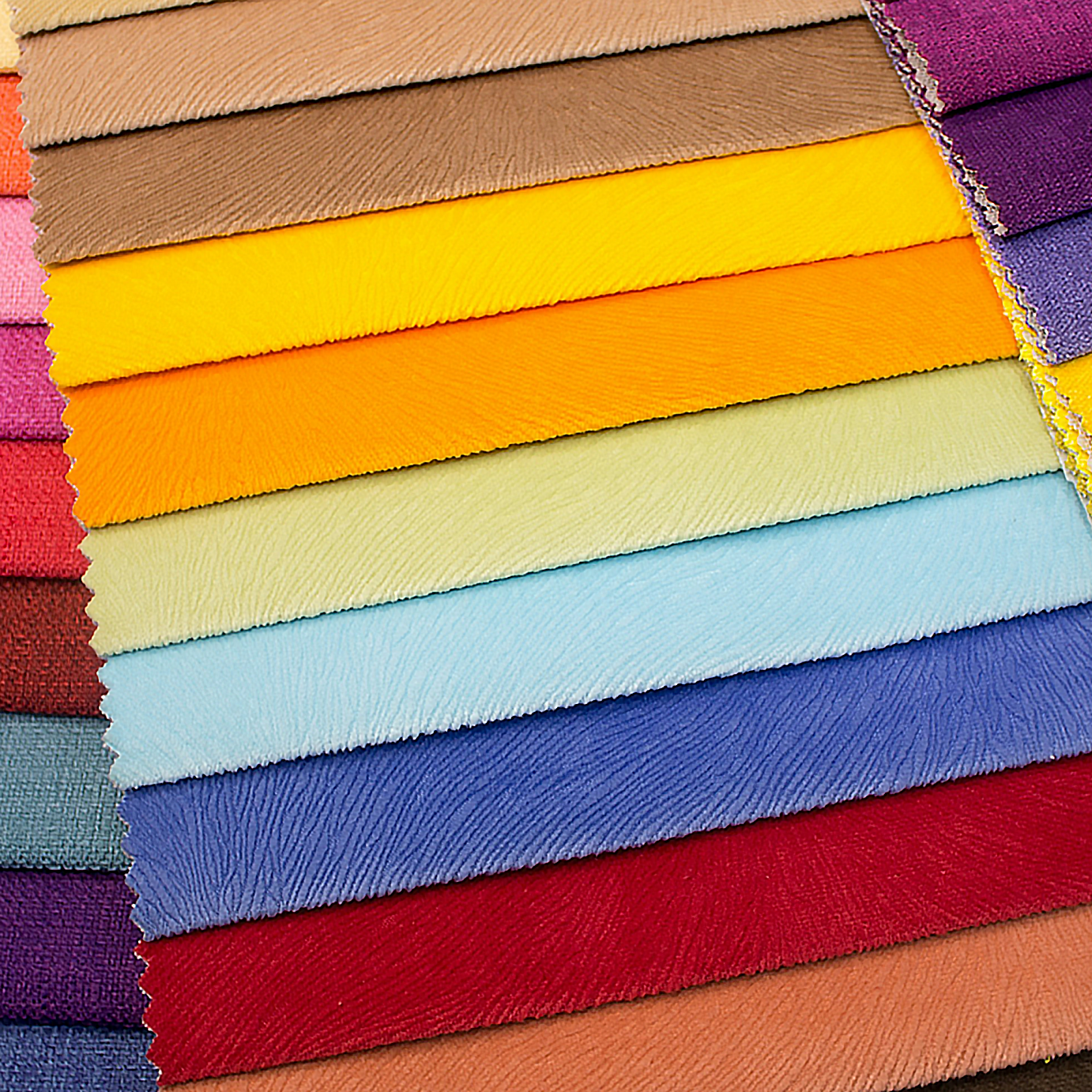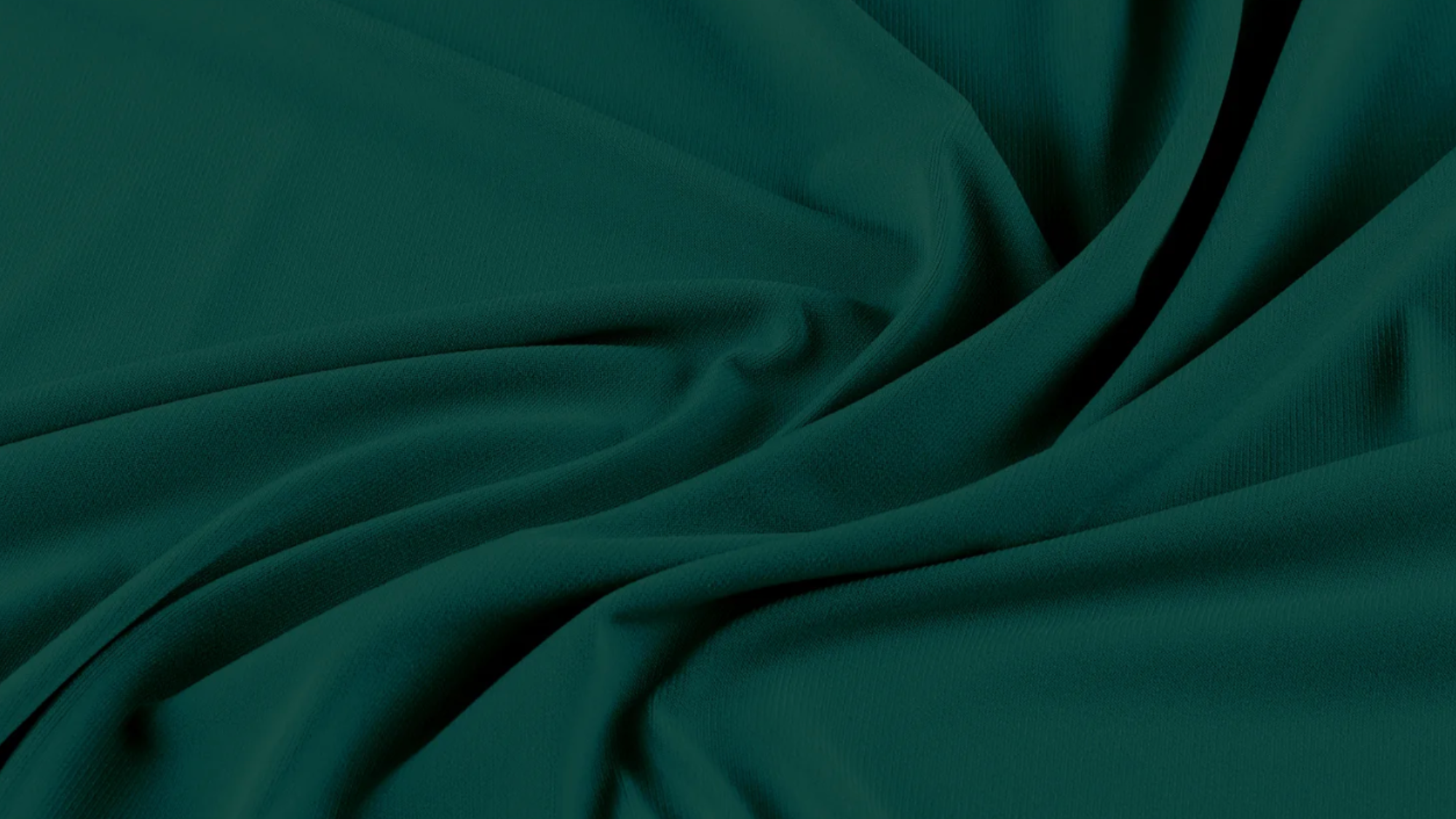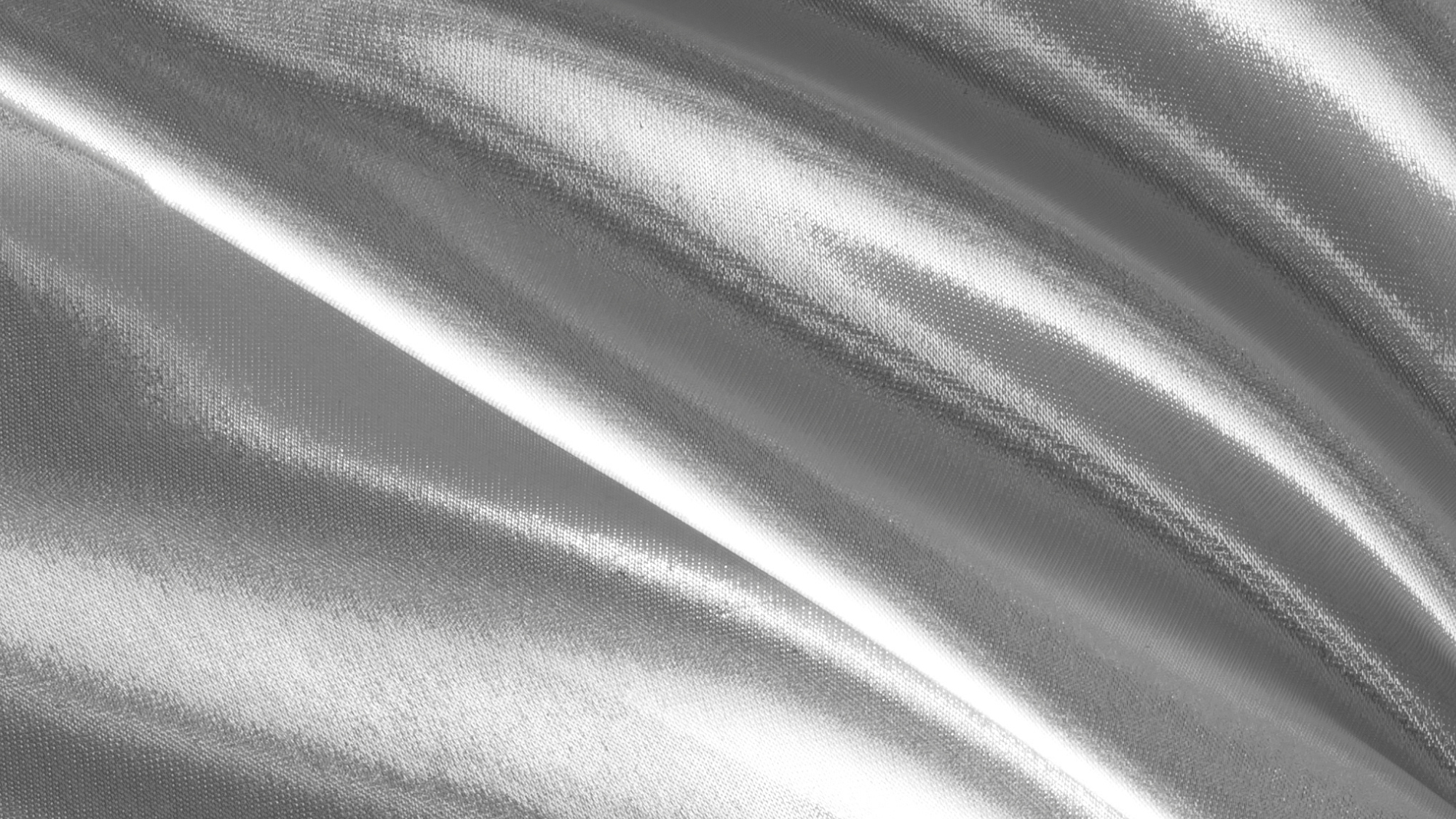
Zelouf Laser Cut Ruffle Sutash Fabric
Fabrics that come with ruffle details already sewn on are a great way to add femininity and movement to any home sewing project. But did you know there are different types of ruffle fabric and specific things to keep in mind while sewing? Here are some of our favorite ruffle fabrics and how to work with them at home.
What are some other names for ruffle fabric?
Ruffle fabric is known by various names and terms in the textile and fashion industry, often reflecting its unique texture and appearance. Some other names for ruffle fabric include:
- Ruffled Mesh: This name emphasizes the mesh-like texture of the fabric combined with the ruffled or gathered design.
- Flounce Fabric: The term "flounce" refers to a strip of fabric that is gathered or pleated to create a ruffled or wavy effect. Flounce fabric typically has a layered and frilly appearance.
- Frill Fabric: "Frill" is synonymous with ruffle, and frill fabric often features layers of gathered or pleated material to create a decorative and textured look.
- Ruffled Chiffon: When ruffle fabric is made from chiffon, a lightweight and sheer fabric, it might be referred to as ruffled chiffon due to its delicate nature.
- Tiered Fabric: This term is used when the ruffles are arranged in tiers or layers, creating a tiered effect that adds dimension and visual interest to the fabric.
- Crinkled Fabric: Some ruffle fabrics are intentionally crinkled or crimped, resulting in a unique texture that resembles ruffles.
- Ruched Fabric: "Ruching" refers to the gathering of fabric to create decorative ruffles or pleats. Ruched fabric may have a similar appearance to ruffle fabric.
- Gathers or Gathered Fabric: These terms highlight the gathering technique used to create the ruffled effect on the fabric's surface.
- Pleated Ruffle Fabric: When the ruffles are formed through pleating, the fabric might be referred to as pleated ruffle fabric.
- Textured Ruffle Fabric: This term emphasizes the textured nature of the fabric due to its ruffled design.
- Ruffle Knit: If the fabric is a knit material, it might be referred to as a ruffle knit, highlighting the fabric's stretchiness and comfort.
These terms can be used interchangeably based on the specific characteristics of the fabric and the context in which it's being discussed. Each term emphasizes different aspects of the fabric's appearance and texture.

Zelouf Willow Ruffle Fabric in Red
What can you make with ruffle fabric?
Ruffle fabric can be a fun and versatile material to work with, allowing you to create various DIY projects at home. Here are some creative ideas for things you can make using ruffle fabric:
- Ruffled Clothing and Accessories:
- Ruffled Skirts: Craft a stylish and playful ruffled skirt for yourself or a child using ruffle fabric.
- Ruffled Scarves: Sew or knot together strips of ruffle fabric to make unique and textured scarves.
- Ruffled Headbands: Create fashionable headbands adorned with ruffled fabric accents.
- Home Decor:
- Ruffled Throw Pillows: Add a touch of elegance to your living space with ruffled throw pillows.
- Ruffled Curtains or Valances: Use ruffle fabric to make curtains or valances that bring texture to your windows.
- Ruffled Table Runners: Sew a ruffled fabric strip to create a decorative table runner for special occasions.
- Baby and Children's Items:
- Ruffled Baby Blankets: Sew ruffle fabric onto a soft blanket to make a charming baby gift.
- Ruffled Diaper Covers: Create adorable diaper covers for babies using ruffle fabric.
- Fashion Accessories:
- Ruffled Bags or Pouches: Design small bags or pouches with ruffle fabric accents for carrying essentials.
- Ruffled Hair Clips or Brooches: Craft hair clips or brooches featuring ruffle fabric flowers or decorations.
- Costumes and Dress-Up:
- Ruffled Tutus: Design playful tutus with layers of ruffle fabric for dress-up or costume parties.
- Ruffled Princess Crowns: Make whimsical princess crowns with ruffle fabric and other embellishments.
- Holiday and Seasonal Decor:
- Ruffled Wreaths: Create wreaths for various holidays using ruffle fabric strips.
- Ruffled Banners: Design festive banners with ruffle fabric for birthdays, holidays, or celebrations.
- Craft Projects:
- Ruffled Picture Frames: Add texture to plain picture frames by decorating them with ruffle fabric.
- Ruffled Notebook Covers: Update plain notebooks with ruffle fabric covers for a personalized touch.
- Pet Accessories:
- Ruffled Pet Collars: Make unique collars for pets using ruffle fabric to give them a stylish flair.
- Gift Wrapping:
- Ruffled Gift Wrapping: Incorporate ruffle fabric as an elegant and creative element in gift wrapping.
These ideas are just a starting point, and you can let your creativity run wild to come up with more ways to use ruffle fabric in your DIY projects. Remember to consider the colors, patterns, and textures of the fabric to match your personal style and the intended use of the item you're creating.
What are some tips for sewing ruffle fabric?
Sewing with ruffle fabric can be a bit different from working with regular fabrics due to its unique texture and characteristics. Here are some tips to help you successfully sew ruffle fabric:
- Choose the Right Needle. Use a ballpoint or stretch needle designed for knit fabrics. These needles have rounded tips that help prevent snagging or damaging the delicate fibers of ruffle fabric.
- Use a Stretch Stitch. If your sewing machine has a stretch stitch option, use it to ensure that the stitches can accommodate the fabric's stretch without breaking.
- Adjust Tension. Test your machine's tension settings on a scrap piece of ruffle fabric to ensure that the stitches look even and the fabric doesn't pucker.
- Gentle Handling. Ruffle fabric can be delicate, so handle it gently to avoid stretching or distorting the ruffles while sewing.
- Use the Right Thread. Opt for a polyester thread that has some stretch to it. This will help the seams withstand the fabric's movement without snapping.
- Pinning and Cutting. Pin the fabric in a way that doesn't flatten the ruffles. Pin within the seam allowance or use clips to avoid leaving marks on the fabric. When cutting, use sharp fabric scissors to ensure clean edges.
- Sew Along the Edge. Sew along the edge of the fabric, guiding the edge of the presser foot against the ruffled side. This helps maintain the ruffle's appearance and ensures that you're sewing through the fabric securely.
- Use a Walking Foot. If available, a walking foot can help prevent the layers of fabric from shifting, resulting in even stitching.
- Practice on Scrap Fabric. If you're new to sewing with ruffle fabric, practice on a scrap piece to get a feel for how your machine handles it and to adjust your settings accordingly.
- Stabilize Seams. If you're sewing seams that will experience stress, such as armholes or necklines, consider reinforcing them with a narrow strip of lightweight interfacing or stay tape.
- Finish Seams. Finish the raw edges of seams using a serger, zigzag stitch, or other suitable method to prevent fraying.
- Careful Pressing. Use a low heat setting on your iron and a pressing cloth to avoid damaging the ruffles. Press gently, without squashing the fabric.
- Experiment with Stitch Length. Experiment with stitch length to find the one that works best for securing the fabric without stretching or puckering.
- Pivot When Sewing Curves. If sewing curves, go slowly and slightly lift the presser foot as you approach the curve, allowing the fabric to follow the curve smoothly.
- Have Patience. Sewing with ruffle fabric might take a bit more time and patience. Take breaks as needed and work slowly to ensure accurate stitching.
Remember that practice makes perfect, so don't be discouraged if your first attempts aren't flawless. With some practice and attention to detail, you'll be able to sew beautiful projects using ruffle fabric.




